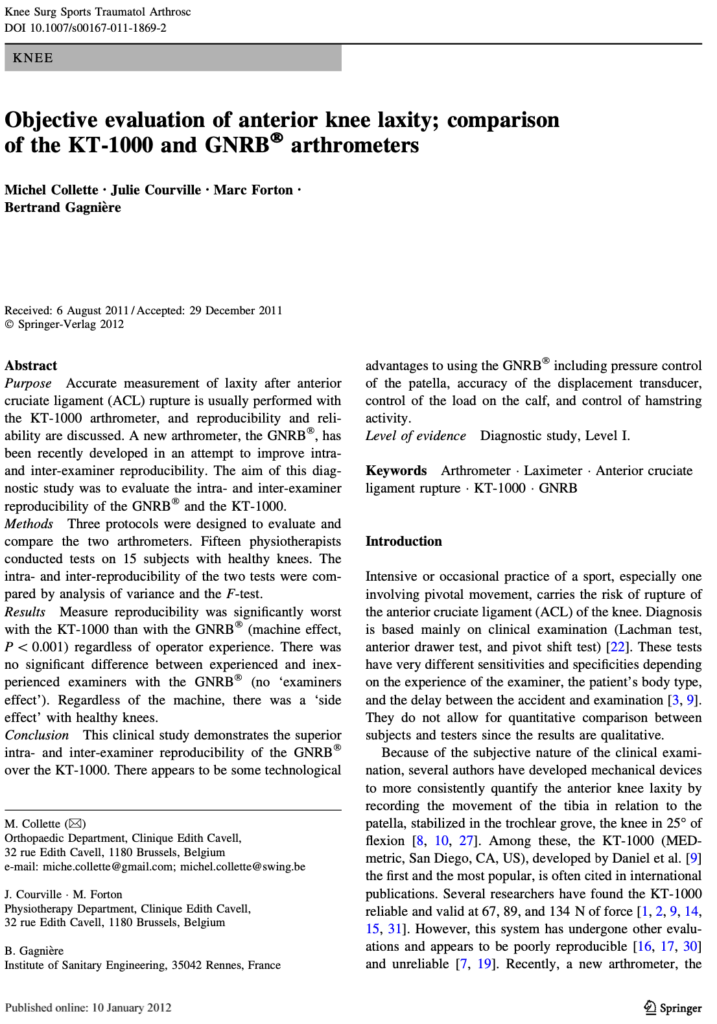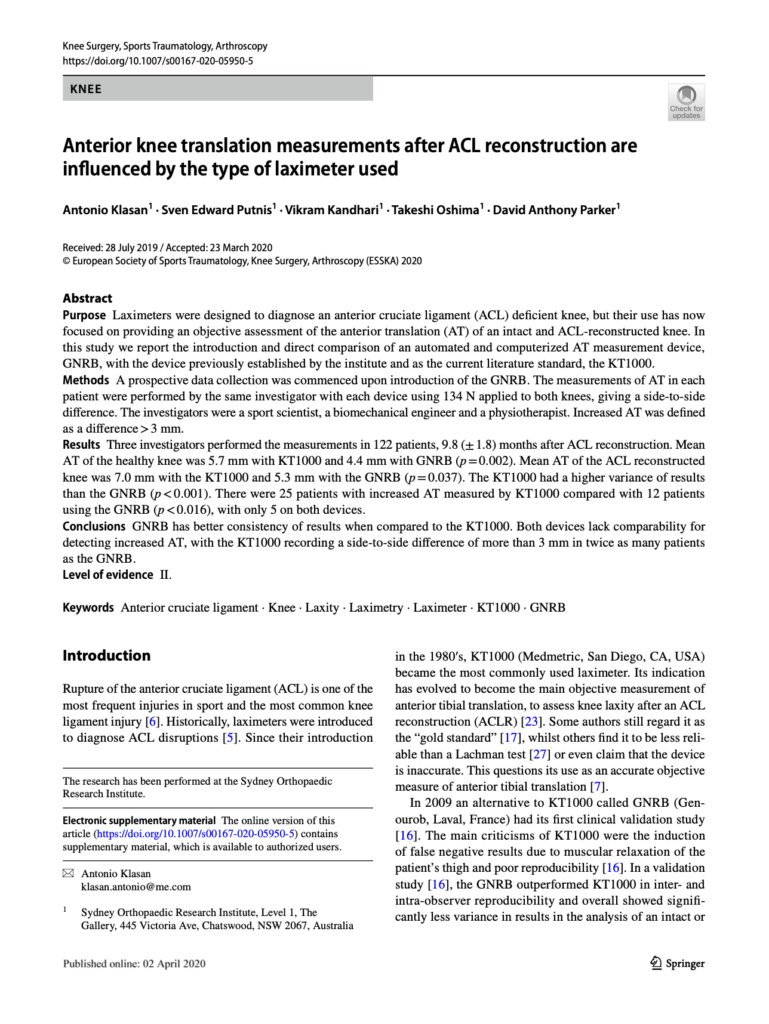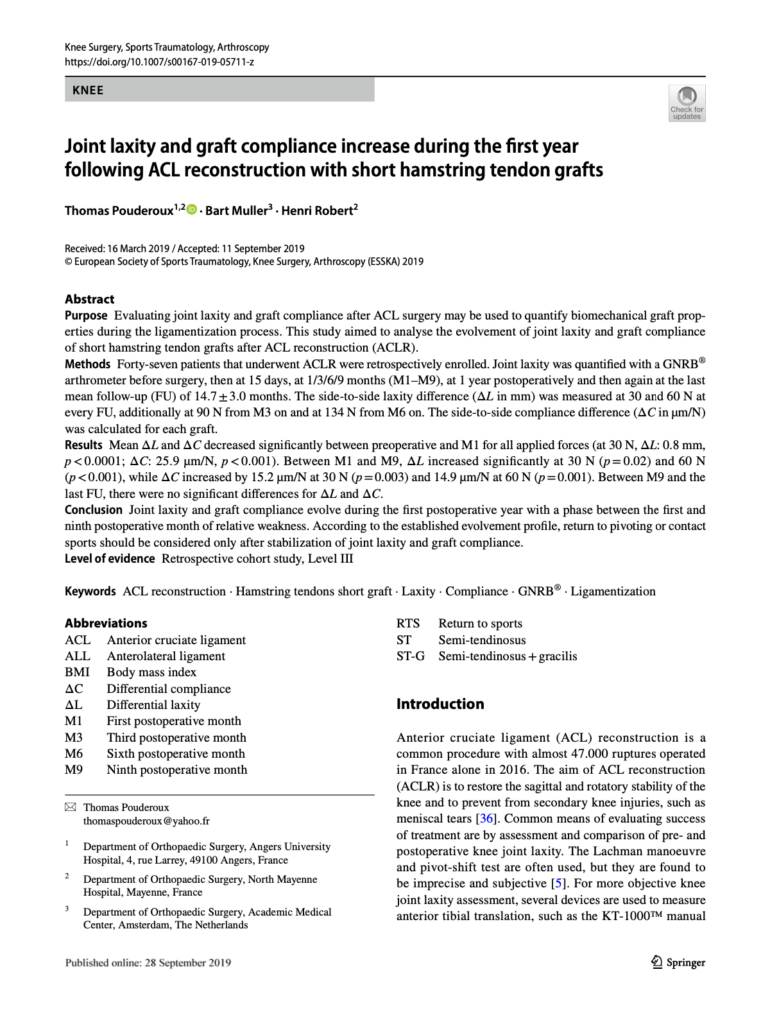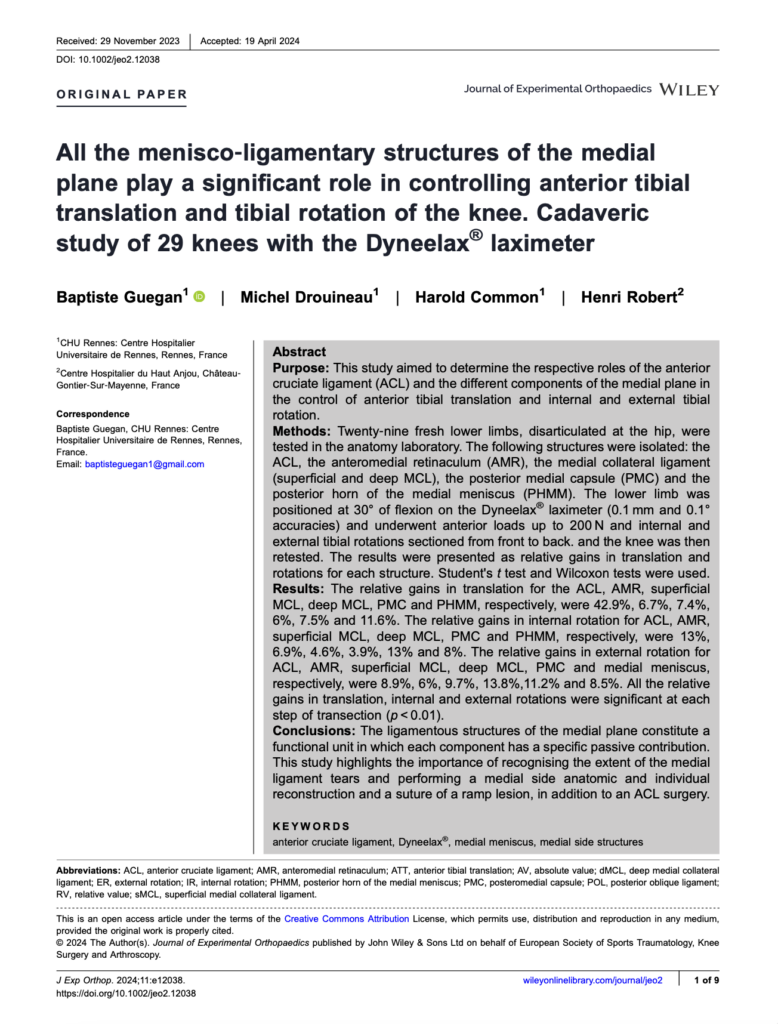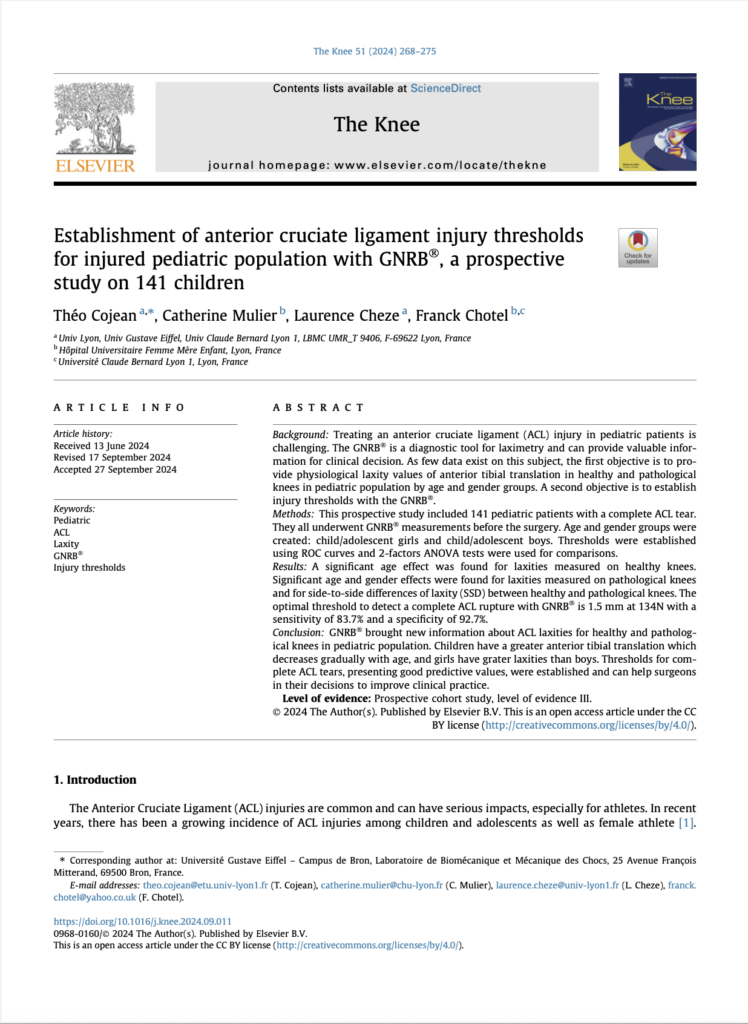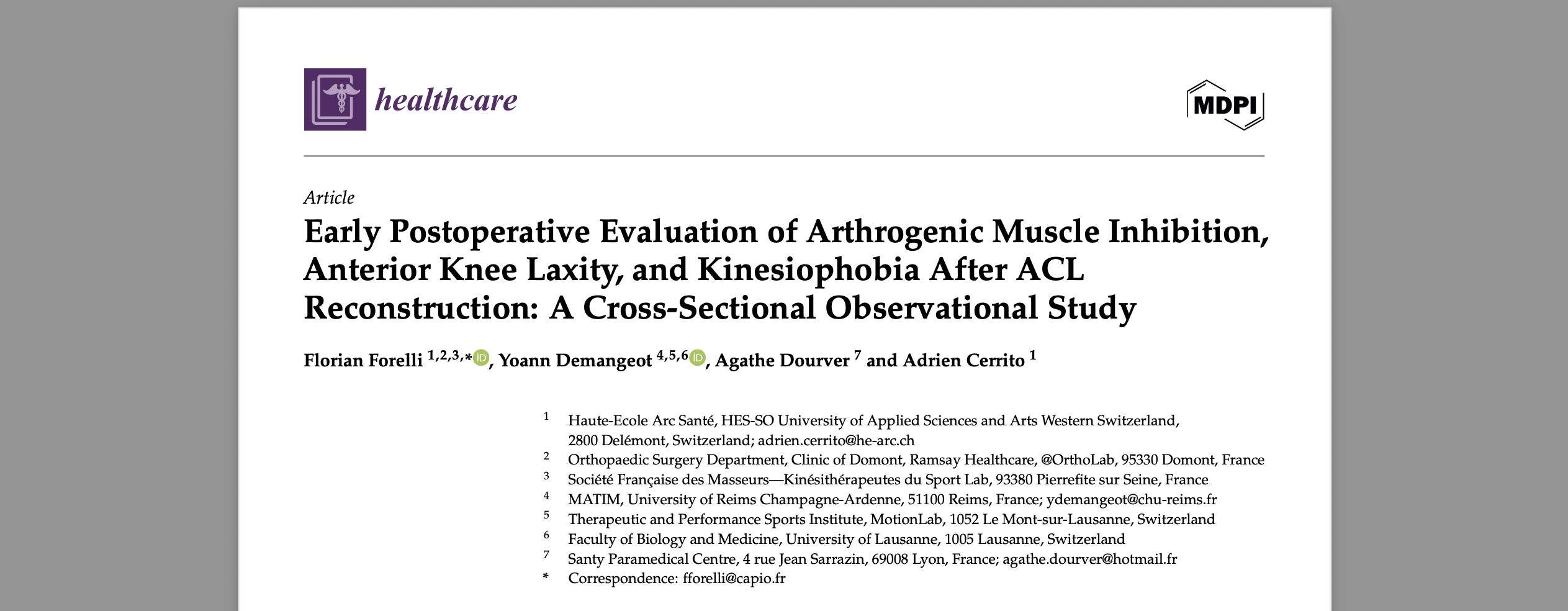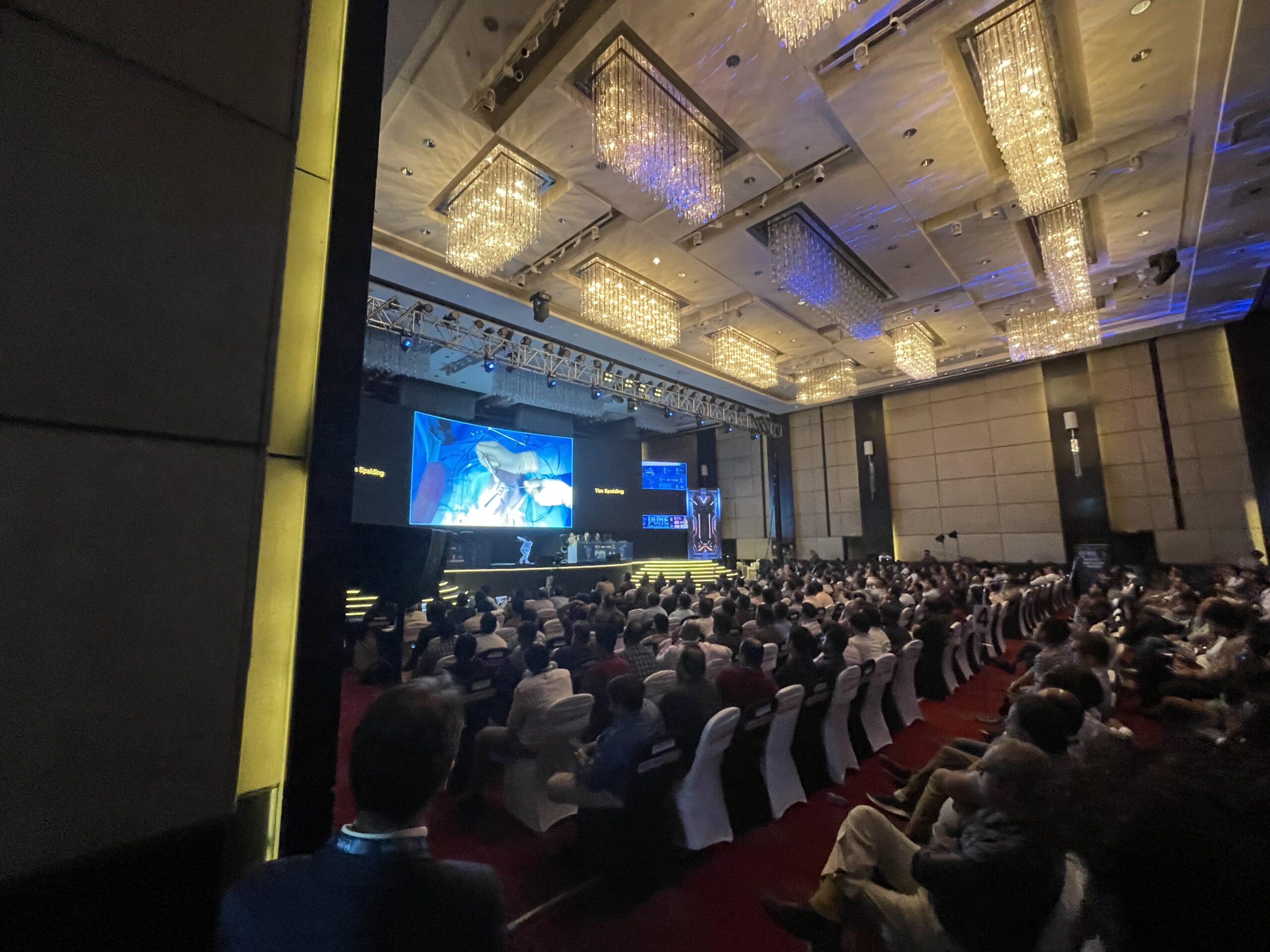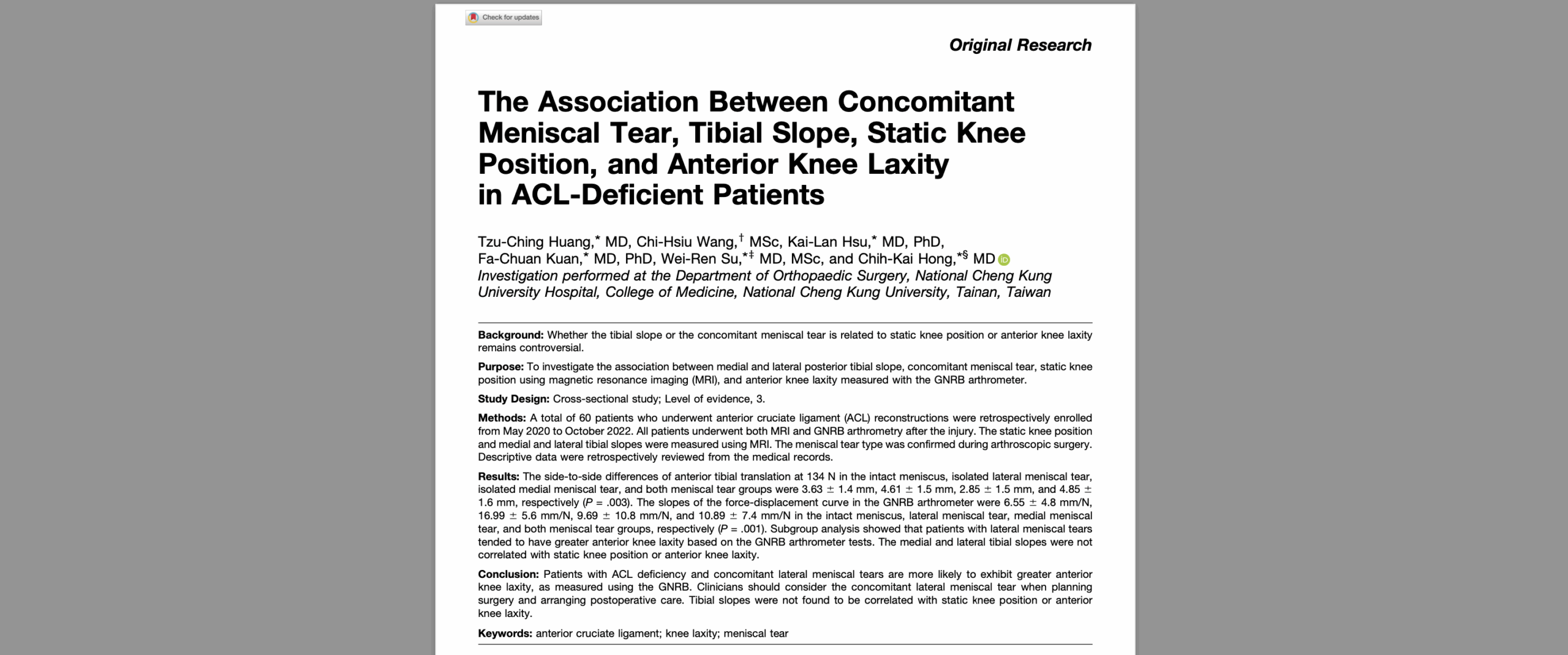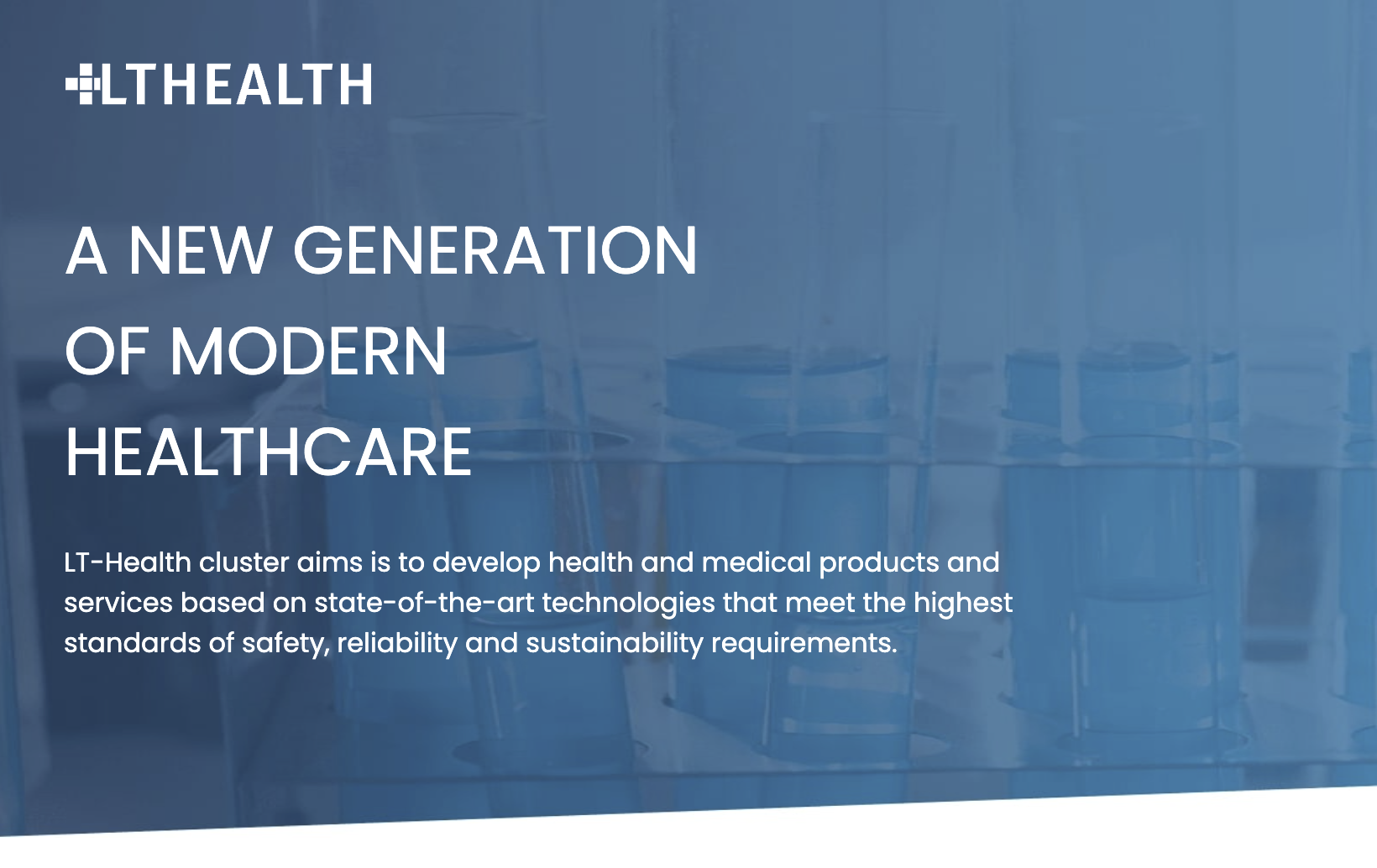Introduction
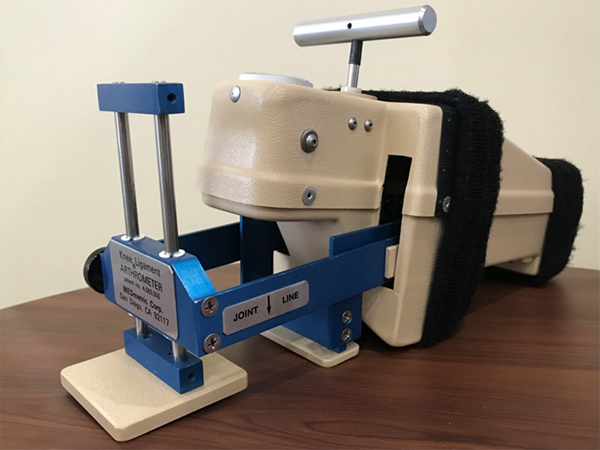
In the evolving landscape of orthopaedic diagnostics, traditional tools like the KT1000 and KT2000 arthrometers are being eclipsed by robotic arthrometers such as DYNEELAX® and GNRB® . These advanced devices offer unparalleled precision, consistency, and functionality, setting new standards in the evaluation and treatment of knee ligament injuries.
This article explores why it’s time to upgrade KT1000/KT2000 to advanced robotic arthrometers for modern clinical practice.
I. Shortcomings of KT1000 and KT2000
- Inconsistent Results
The KT1000 and KT2000 depend heavily on the operator’s technique, leading to variability in results between users. A study by Collette et al. (2012) demonstrated significant differences in intra- and inter-examiner reproducibility, making these devices less reliable, especially when used by less experienced clinicians. This variability can result in misdiagnoses or inconsistent assessments of knee laxity, which are critical in clinical decision-making.
- Static and Limited Measurements
The KT1000 and KT2000 measure only anterior tibial translation, ignoring key aspects of knee stability, such as rotational Dynamics. Knee injuries often involve complex instability patterns that require a more holistic evaluation. Without the ability to assess rotational stability, these devices provide an incomplete picture of the knee’s condition, which can lead to suboptimal treatment plans. Furthermore, the linear force application used in these devices may not replicate real-world stresses on the knee (Klasan et al., 2019).
- Lack of Sensitivity to Partial ACL Tears
Partial ACL tears often go undetected by traditional arthrometers, which struggle to identify subtle knee laxity differences. As Cojean et al. (2023) noted, KT devices lack the sensitivity required to distinguish partial tears from healthy ligaments, making them unsuitable for precise diagnosis in these cases.
- Subjectivity in Measurements
The KT1000 and KT2000 require the examiner to interpret results manually, introducing subjectivity and increasing the risk of errors. This issue is compounded by the lack of automated feedback, making the results heavily dependent on the examiner’s skill and experience. This subjectivity is particularly problematic in busy clinical environments, where consistent and objective measurements are critical.
- Limited Postoperative Use
The KT1000 and KT2000 have limited utility in postoperative settings. They cannot track changes in knee laxity over time precisely, nor do they provide insights into the healing progress of reconstructed ligaments without endangering the plasty. This makes them inadequate for monitoring graft compliance and stability, which are critical for tailoring rehabilitation protocols (Pouderoux et al., 2019).
- Outdated Technology
First introduced in the 1980s, the KT1000 and KT2000 have undergone minimal updates over the years. Their lack of integration with modern diagnostic technologies and absence of advanced features, such as automated force application or rotational assessment, make them increasingly obsolete (Klasan et al., 2019).
II. The Case for Robotic Arthrometers
- Improved Precision and Reproducibility
Robotic arthrometers like DYNEELAX® and GNRB® eliminate the variability associated with manual measurements by automating force application and using advanced sensors. These devices provide highly reproducible results, regardless of the examiner’s expertise (Collette et al., 2012). Instead of analysing laxity only, these robotic arthrometers analyse the compliance of the ligament by applying forces from 0 to 200N. KT units on the other hand only analyse laxity at 134 Newton.
- Dynamic Assessment of Knee Stability for Effective Surgical Planning
Unlike traditional devices, robotic arthrometers like GNRB® / Dyneelax® measure both anterior tibial translation and rotational stability, offering a comprehensive evaluation of knee function. Guegan et al. (2024) emphasized the importance of rotational stability in understanding the extent of ligament damage and planning effective surgical interventions, such as ACL + LET or ACL + ALL reconstructions.
- Accurate Diagnosis of Partial ACL Tears
Partial ACL tears are difficult to detect with traditional tools. Robotic arthrometers like DYNEELAX® and GNRB® have shown superior sensitivity and specificity compared to MRI, as demonstrated by Cojean et al. (2023). This capability ensures that patients receive accurate diagnoses and appropriate treatment.
- Monitoring Postoperative Recovery
DYNEELAX® and GNRB® Robotic arthrometers are invaluable for tracking changes in graft compliance and knee laxity throughout the recovery process. Pouderoux et al. (2019) highlighted the importance of monitoring these parameters to guide personalized rehabilitation and minimize the risk of reinjury.
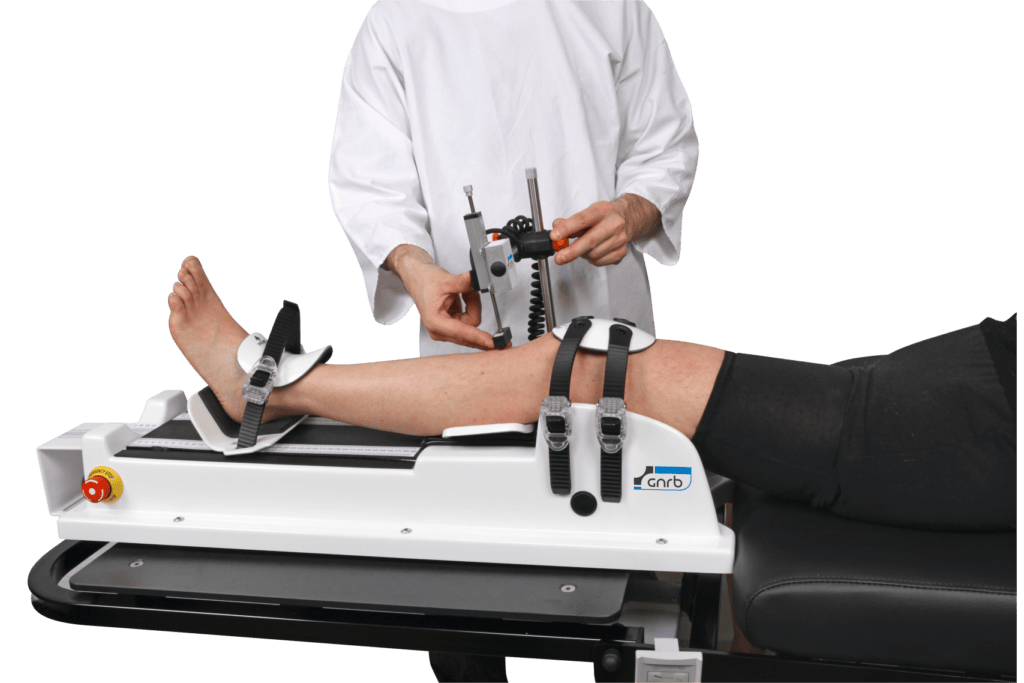
- Advanced Technology for Comprehensive Care
Modern robotic arthrometers incorporate features like real-time data visualization, automated reporting, and integration with patient management systems, streamlining workflows and improving diagnostic accuracy. These technologies allow clinicians to provide a higher standard of care (Klasan et al., 2019).
Conclusion
The KT1000 and KT2000 arthrometers, while historically important, no longer meet the demands of modern orthopedic diagnostics. Their limitations, including operator dependency, incomplete measurements, and outdated technology, make them inadequate for today’s clinical challenges. Robotic arthrometers like DYNEELAX® and GNRB® address these shortcomings, offering unmatched precision, dynamic assessments, and advanced monitoring capabilities.
By upgrading to robotic arthrometers, clinicians can provide their patients with accurate diagnoses, personalized treatment plans, and better recovery outcomes, ensuring they stay at the forefront of orthopedic care.
References
- Collette et al., 2012: Objective evaluation of anterior knee laxity; comparison of the KT-1000 and GNRB® arthrometers. DOI: 10.1007/s00167-011-1869-2
- Klasan et al., 2019: Anterior knee translation measurements after ACL reconstruction are influenced by the type of laximeter used. DOI: 10.1007/s00167-020-05950-5
- Cojean et al., 2023: GNRB® laximeter with magnetic resonance imaging in clinical practice for ACL tear detection. DOI: 10.1016/j.knee.2023.03.017
- Guegan et al., 2024: Medial plane structures’ role in controlling tibial translation and rotation: Cadaveric study with Dyneelax®. DOI: 10.1002/jeo2.12038
- Pouderoux et al., 2019: Joint laxity and graft compliance increase during the first year following ACL reconstruction. DOI: 10.1007/s00167-019-05711-z

